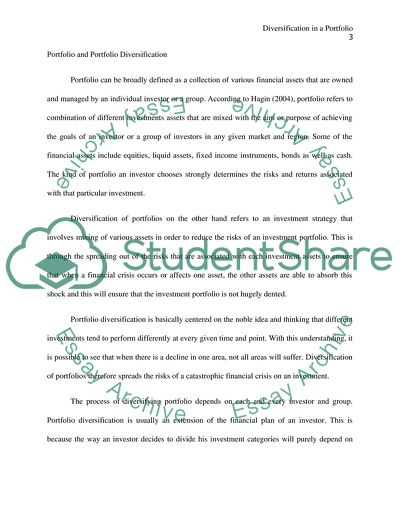Cite this document
(“Diversification in a porfolio Research Paper Example | Topics and Well Written Essays - 2500 words”, n.d.)
Diversification in a porfolio Research Paper Example | Topics and Well Written Essays - 2500 words. Retrieved from https://studentshare.org/finance-accounting/1644360-diversification-in-a-porfolio
Diversification in a porfolio Research Paper Example | Topics and Well Written Essays - 2500 words. Retrieved from https://studentshare.org/finance-accounting/1644360-diversification-in-a-porfolio
(Diversification in a Porfolio Research Paper Example | Topics and Well Written Essays - 2500 Words)
Diversification in a Porfolio Research Paper Example | Topics and Well Written Essays - 2500 Words. https://studentshare.org/finance-accounting/1644360-diversification-in-a-porfolio.
Diversification in a Porfolio Research Paper Example | Topics and Well Written Essays - 2500 Words. https://studentshare.org/finance-accounting/1644360-diversification-in-a-porfolio.
“Diversification in a Porfolio Research Paper Example | Topics and Well Written Essays - 2500 Words”, n.d. https://studentshare.org/finance-accounting/1644360-diversification-in-a-porfolio.


